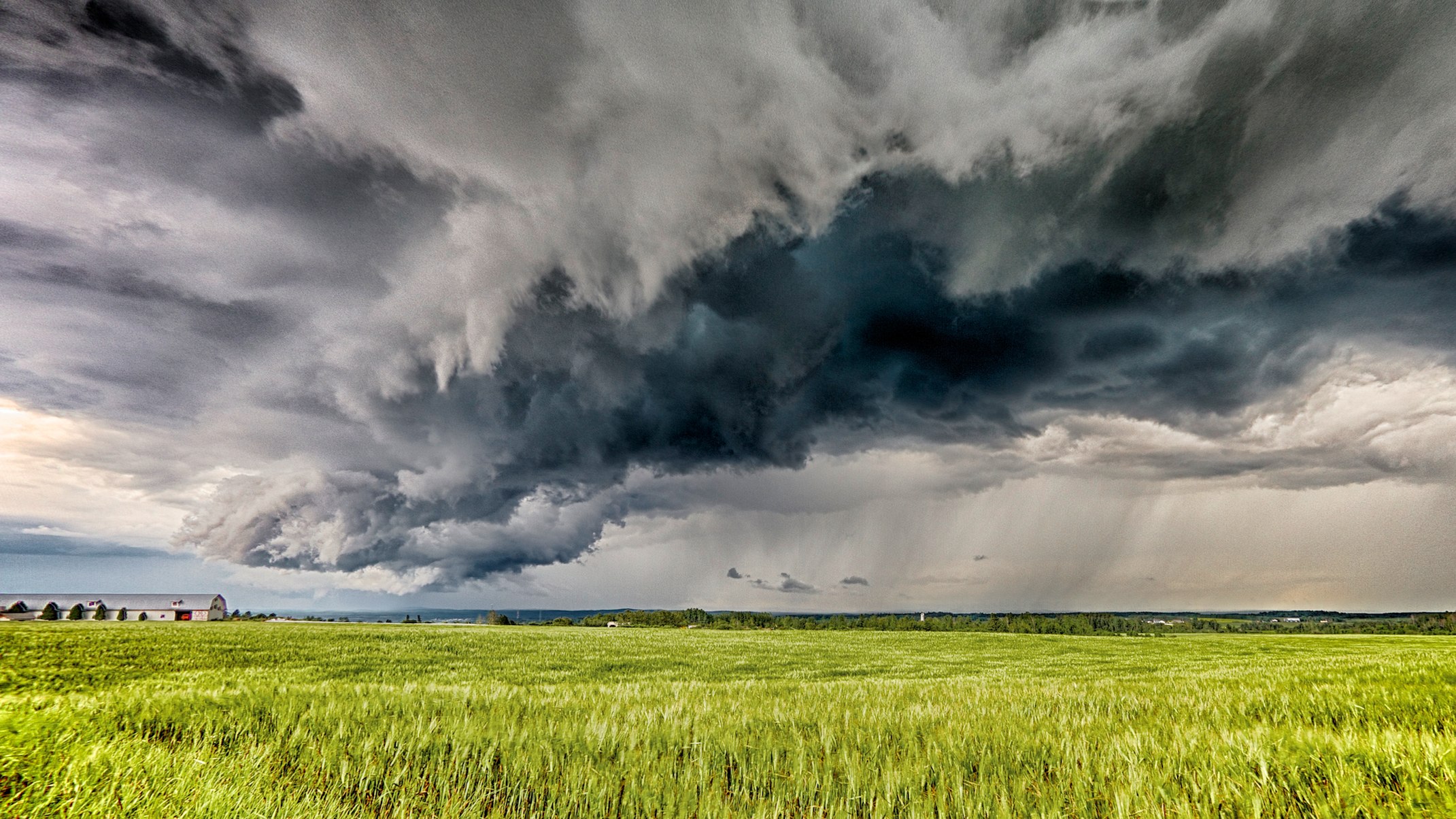Geography
Four interconnected bodies of water — the main lake, Saginaw Bay, the North Channel and Georgian Bay — form the lake. Major inflows are the Straits of Mackinac and the St. Marys, Mississagi, Saginaw, French and Spanish rivers. Lake Huron discharges into Lake Erie through the St. Clair River, Lake St. Clair and the Detroit River. The Straits of Mackinac between lakes Huron and Michigan are spanned by the Mackinac Bridge, which upon completion in 1957 was the longest suspension bridge in the world. It remains one of the longest in the world today.
Climate, Geology and Vegetation
Air masses from the Arctic, Pacific and Atlantic oceans and the Gulf of Mexico converge on the lake, which therefore experiences four distinct seasonal patterns and extremes of weather conditions. Its basin is composed of Precambrian shield and Phanerozoic rocks. It was formed during the most recent ice age, with its present form developing only 2,000-3,000 years ago. The Canadian side of the basin is primarily covered with mixed forest consisting of pine, hemlock, birch, maple, oak, beech, walnut and hickory.
Settlement
The northern basin is an isolated, underdeveloped hinterland, with a few settlements engaged in the exploitation of forest and mineral resources. Southern settlement is founded on lumbering and agriculture. Important industries include mining, pulp and paper, food processing, chemical production, transport equipment and metal fabricating. Sudbury, the centre of the mining and smelting industry, is the only major urban centre in the area. One of the world’s largest nuclear power plants is located at Douglas Point on the Bruce Peninsula. The lake supports commercial fishing (whitefish, perch, walleye, chub, carp) and sportfishing (bass, perch, walleye, pike, rainbow trout). The Canadian side of Lake Huron is renowned for the beauty of its scenery. The North Channel and Georgian Bay shorelines provided subject matter for several of the Group of Seven painters. Excellent beaches extend from the Bruce Peninsula to Sarnia. The basin offers wide waters for swimming, boating, cottaging and camping.

 Share on Facebook
Share on Facebook Share on X
Share on X Share by Email
Share by Email Share on Google Classroom
Share on Google Classroom







